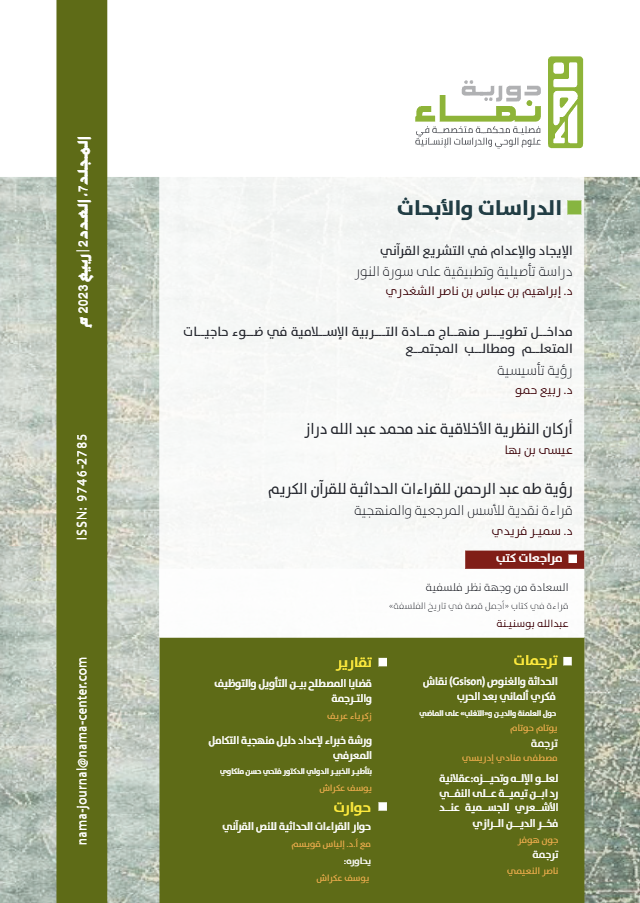God Spatially Above and Spatially Extended: The Rationality of Ibn Taymiyya’s Refutation of Faḫr al-Dīn al-Rāzī’s Ašʿarī Incorporealism
Abstract
Abstract
Ibn Taymiyya (d. 728/1328) wrote his tome Bayān talbīs al-ǧahmiyya to refute Ašʿarī kalām theologian Faḫr al-Dīn al-Rāzī’s (d. 606/1210) argument in Taʾsīs al-taqdīs that God is not corporeal, located, or spatially extended. Bayān talbīs al-ǧahmiyya is the largest known refutation of kalām incorporealism in the Islamic tradition, and al-Rāzī’s Taʾsīs al-taqdīs was apparently the most sophisticated work of its kind circulating in Ibn Taymiyya’s Mamlūk scholarly milieu. Ibn Taymiyya in Bayān talbīs al-ǧahmiyya deconstructs al-Rāzī’s rational arguments and explicates an alternative theology of God’s relation to space. Translating his understanding of the meaning of the Qurʾān and the Sunna into kalām terminology and drawing on Ibn Rušd’s (d. 595/1198) Aristotelian notion of place as the inner surface of the containing body, Ibn Taymiyya nvisions
God in Bayān talbīs al-ǧahmiyya as a very large indivisible and spatially extended existent that is above and surrounds the created world in a spatial sense.
Full text article
Authors

This work is licensed under a Creative Commons Attribution-NonCommercial 4.0 International License.
yright and License
Researchers always have copyright. The research published in the Journal is licensed under the Creative Commons Attribution-Noncommercial 4.0 International License. This means that every person can download, read and use the research, provided that he/she relates it to its author appropriately, stating any amendments made. This work cannot be used for commercial purposes.

